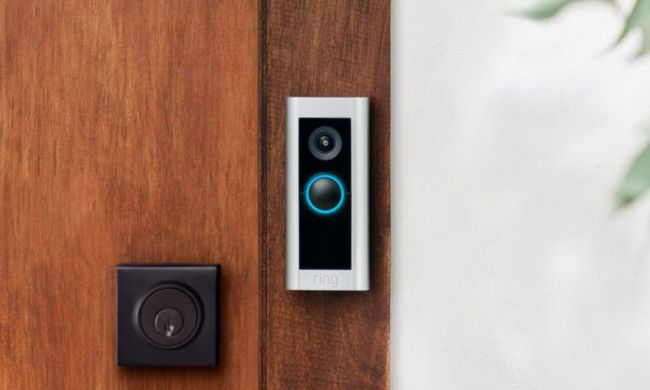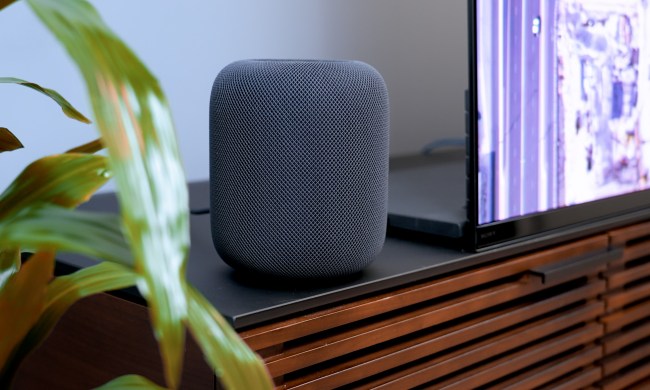It was 8 a.m. I stood in front of an iPad with smart weights strapped to my ankles, ready to go through an easy mobility routine. Just 23 minutes later, I slumped in my desk chair and wondered what I had gotten myself into it.
The three-pound weights had taken what would have been a nice warm-up routine and turned it into a hardcore workout that left me breathless and sweaty. Worse than that, the weights actually graded my performance.
For someone who is competitive, that low score made me realize working from home didn’t include much working out from home.
The pandemic led to a surge in the work-from-home market, and for many people, that led to an increase in the waist line (myself included.) According to Harvard Medical School, around 39% of people gained some amount of weight during the pandemic, while at least 2% of those gained more than 27.5 pounds. When commuting to work was the norm, people at least managed to walk to the office and often got in more physical activity than they do when their commute is the 12 steps from the bedroom to the office.
The no-gym challenge
Even people used to spending time in the gym each week found themselves looking for alternatives during quarantine periods and lockdowns. This resulted in a massive increase in smart home gym equipment, whether that was an all-in-one machine like the Bowflex Blaze or a more compact device like the Mirror.
The downside of these devices is the cost. Not everyone has $2,000 to spend on workout equipment for the home, nor does every person have the space to set up bulky home gym gear. Smart weights hit the sweet spot in price and affordability.
Gamification of workouts
Sportneer invited me to take part in the class and try out their smart weights. The app includes free workout classes and mobility routines, too — everything from weight loss training to aerobics. The lack of a subscription makes the sub-$100 cost of the smart weights seem even more affordable.
The weights uses an integrated six-axis gyroscope to measure your movements and form. The in-app classes award points based on how complete the movement is. If you’re on your back doing a Dead Bird (similar to a bicycle kick), but you don’t fully extend your leg, you’ll be awarded less points than if you saw the workout all the way through. The smart weights have a heart rate monitor that will buzz if your heart rate gets too high.

The gamification of workouts is nothing new, but it’s still just as appealing as before. You see only your score, so you have no fear of judgment from other users. The only person you compete against is yourself. In that sense, every workout and every rating is a way of tracking your own improvement over time. There are score goals you should aim for, but these are based on the performance of a personal trainer, so you shouldn’t expect to get three stars right away (not that it stopped me from trying to hit that goal.)
Gamification adds an element of fun to what might otherwise be seen as a chore.
Work your ankles, wrists, and more
Most workouts can be broken down into upper body or lower body. The Sportneer smart weights can be affixed to your wrists, your ankles, or held in your hands for a variety of different workouts. Again, their small size means more utility and functionality than a device dedicated solely to one type of workout.
The workouts are all body weight-focused, so the addition of weights is an easy step up for most people. There’s little risk of injury, though I can’t promise you won’t be sore for a couple of days if you aren’t used to the workout.
Even something like taking a walk or doing yoga can be enhanced with the addition of weights. They add resistance and make simple tasks more difficult. You’ll work up a sweat and burn off some of those unwanted pounds in the process.
Even if you aren’t trying to lose weight, it’s important to work out as a matter of health. Your heart needs to be pushed above its resting state at least a few times per week. You can achieve this just by running, but if you don’t have time (or you don’t want to brave the weather, especially now that the temperatures are dropping), a weighted workout is a great way to get your blood pumping without risking hypothermia.
There are alternatives if the idea of bodyweight exercises or wrist weights doesn’t appeal. For example, the Bowflex SelectTech 560 Dumbbells let you add a lot of weight to your workout — but again, they come at a steep cost.

In the post-pandemic world, the idea of work is forever changed. Many people won’t be returning to the office, or will only be doing so part of the time. The work-from-home culture is here to stay, and until you feel safe stepping back into the gym, you need to find an alternative.
Working out can improve your performance at work and your mental focus, as well as keep your energy levels up. On cold, short days, the key to working from home is working out from home.




